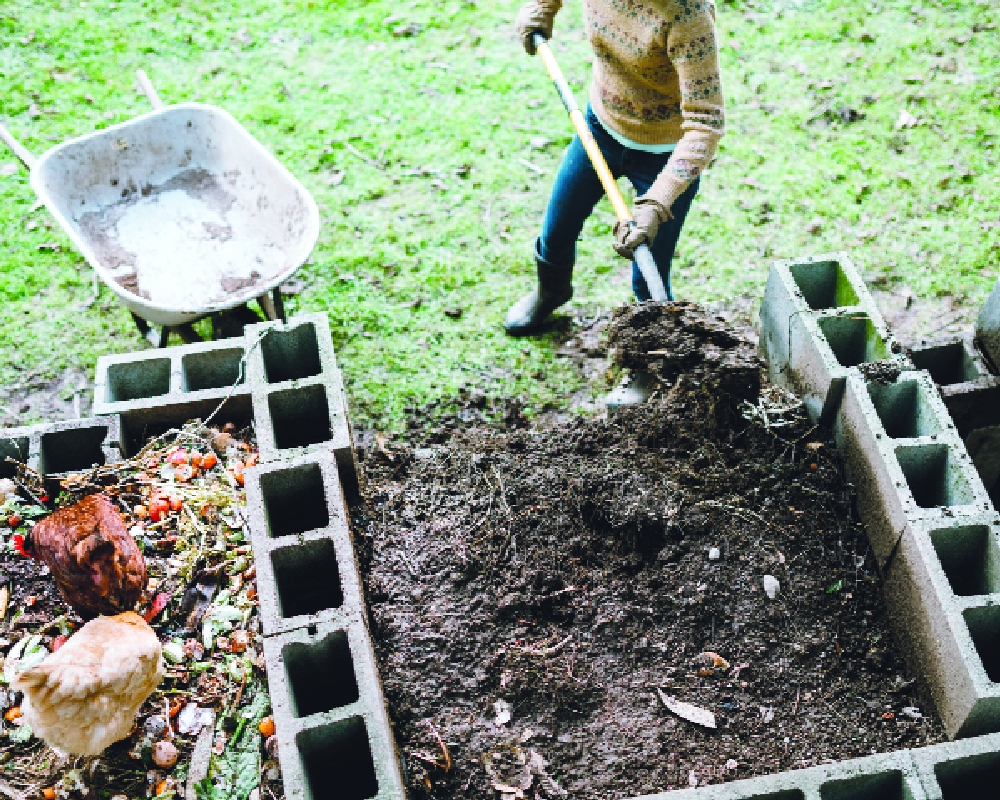Copyright dailypioneer

In 2018 a great initiative was announced under SATAT scheme aiming to facilitate 5,000 CBG plants based on agricultural residues, and especially paddy stubble, the burning of which annually adds to the pollution crisis of Delhi and NCR. Only a fraction, about 114 plants, reached operational scale, and most of these run well below capacity. Several issues became a problem, which highlight the policy aspect. Proper pricing was not announced to make these plants viable; it was not promised for a long tenure to make it bankable; there was no evacuation — either there were no pipelines to carry it to city gas centres or not enough transport demand as was envisaged. There were large volumes of digestate with no plan for their disposal. These indicate what needs to be done. It is critical to provide offtake certainty for the gas, possibly by integrating gas off-take into city distribution systems. A network of pipelines is needed to allow gas injection and distribution, and this must be announced and constructed in the coming years. Around such infrastructure, clusters of plants can emerge. Pricing announcements must also be simultaneous and for the long term. For digestate disposal, the government has finally announced steps — but Market Development Assistance (MDA) permitted with defined quality parameters is urgently needed. Rather than penalising stubble burning, we must incentivise biogas production. It seems desirable that the plants are of more manageable size and modular in nature. Strict technology and environmental standards are also necessary to ensure efficiency and clean operations. Best industry practices need to be prepared and disseminated. India currently burns over 20-30 million tonnes of crop stubble annually, which could yield around 3-5 million tonnes of CBG. Household bio gas plants In rural India, the case for biogas is even more compelling. At a conservative estimate there might be nearly 40 million households having sufficient cattle for household biogas plants. Over the years, limited number have been installed, and primarily in some states only which is well below the potential. This has declined as cooking gas distribution and use has spread. There has also not been a business model which has led to some neglect. Now there are examples from Gujarat where a developer builds and maintains the plants and collects the slurry to convert it into bio-fertiliser in a slurry plant which may support 100-200 household plants. A public-private partnership framework can enable hundreds of slurry entrepreneurs to cover 40 million households, which can unleash a rural entrepreneurial revolution. Let us briefly see the cost of this scheme. Currently, many families rely on LPG under the Ujjwala scheme where subsidy could be about Rs 3000 per family annually. If above households could use biogas instead government can save over Rs 1.2 lakh crore annually in subsidy and a huge amount in imports. Since these households spend about Rs 550 per cylinder, this shift will also save each household Rs 6,600 per year. The bio-fertiliser can replace 10-15 per cent of India’s chemical fertiliser consumption, save Rs 20,000-30,000 crore annually on urea subsidies and huge savings in imports. Beyond costs, organic fertilisation improves soil structure, boosts microbial health, enhances water retention, and reduces runoff-long-term gains for a water-stressed agrarian economy. Slurry processing units would have to be subsidised. This may require an upfront subsidy of several thousand crores, but the savings over 10 years will be several times over the one-time costs. The fiscal benefits are just mind boggling. Another revolution waiting to happen Meeting peak demand Biogas can also provide dispatchable power for peak demand, especially as India’s future solar-heavy grid will increasingly face evening stability challenges. Battery storage will remain expensive and scarce. Biogas generators offer a reliable source of electricity post-sunset. Harnessing just 10 per cent of India’s biogas potential could provide 10-15 GW of peaking power-avoiding battery costs of over Rs 1.2 lakh crore. This could be integrated with daytime agro-voltaic solar generation to localise peak time rural energy supply. This makes it a cost-effective alternative for evening energy demand when solar is unavailable. It will improve rural electric supply and save discoms enormous sums by not needing to supply to rural grids because their cost of supply is quite high. Despite all this potential, biogas remains sidelined in mainstream energy planning. The core challenges are lack of awareness, institutional silos, regulatory neglect, poor convergence, and insufficient financial incentives. Government missions like Swachh Bharat, GOBARdhan, Namami Gange, SATAT, and SBM 2.0 operate in isolation. This must change. Addressing this gap will require decisive policy integration and recognition that biogas is not a peripheral technology but a central solution to India’s multi-sectoral challenges. Achieving this will require shifts in regulation, financing, and institutional ownership. Many Ministries are implementing different schemes. Convergence is critical. To break these silos, a National Mission on Biogas should be launched and a high-level coordination mechanism created. Ambitious targets, like that of nuclear and solar, should be declared for each of the areas mentioined above. Gram Panchayats, Farmer Producer Organisations (FPOs), and Self-Help Groups (SHGs) should be enabled to own and operate plants-earning from gas sales, slurry output, carbon credits, and energy services. Bio-slurry should be formally recognised under the Fertiliser Control Order (FCO), and carbon credit systems must be simplified so even small plants can monetise their climate benefits. This mission should promote 1-5 TPD plants in rural clusters and support slurry infrastructure and community ownership. Financing can come from a Green Infrastructure Fund, CSR, sovereign green bonds, and carbon markets. Carbon markets could be key. Given voluntary credit prices of $30-50 per tonne of CO2 avoided, capturing waste methane via biogas could unlock Rs 30,000-50,000 crore annually in carbon finance. A proper plan on how this could be harnessed should be prepared. This is not just an environmental or energy issue-it is a national development strategy. The co-benefits are enormous: cleaner cities, restored soils, fiscal savings, emission cuts, and empowered rural communities, local manufacturing, job generation. It supports the SDGs, Atmanirbhar Bharat, and India’s climate goals. India has rightly celebrated its solar success. Now, it must script a biogas breakthrough-not just as an energy alternative, but as a rural enterprise, a climate shield, and a national asset. The future of India’s energy independence lies not in faraway oil fields, and not just on the sun above, but in the waste beneath our feet and the drains beside our homes. The clock is ticking. Every untreated litre of sewage, every field of burnt stubble, every truckload of dumped waste, every cow dung cake firing a chulha is a wasted opportunity. Time to (em)power Bharat with its waste and no time to waste. Mr Deepak Gupta, IAS (Retd), Ex Secretary, Ministry of New and Renewable Energy and Ex-Chairman, UPSC, and Dr D.K. Khare, Ex-Advisor (Bioenergy), Ministry of New and Renewable Energy, Govt of India and Incharge of India chapter of World Biogas Association, UK; views are personal



